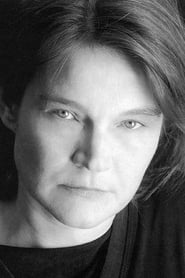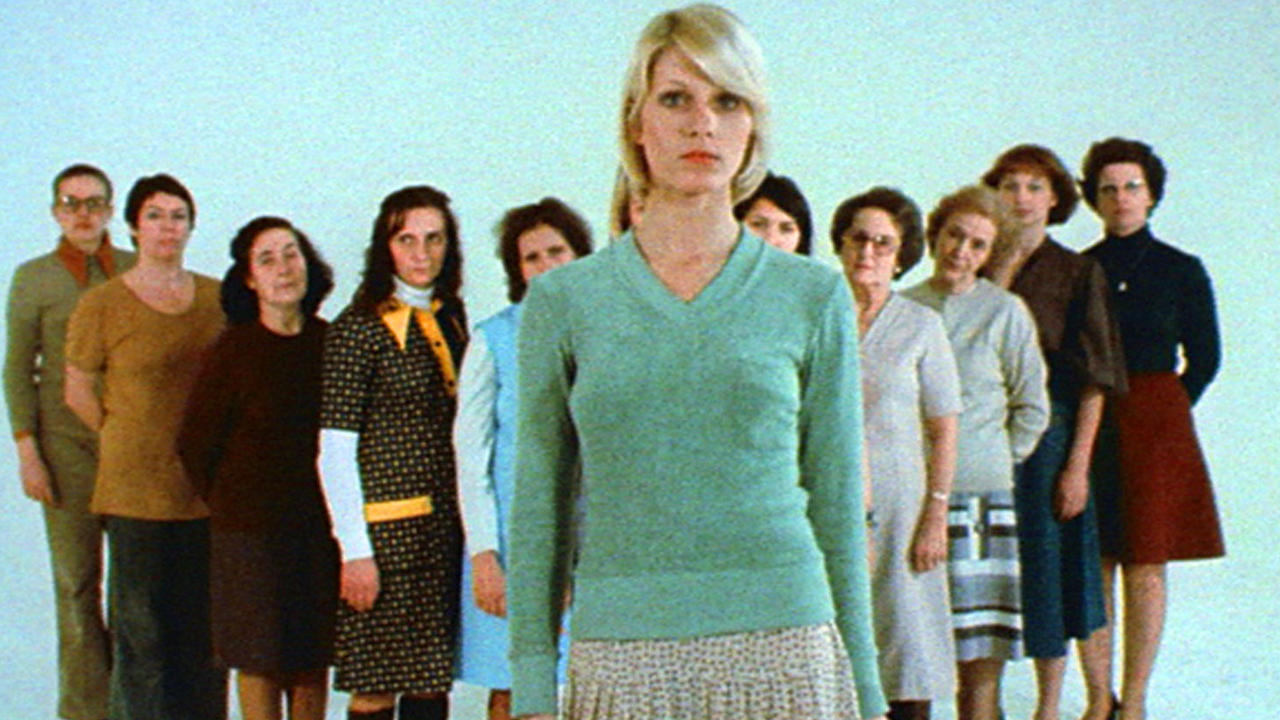
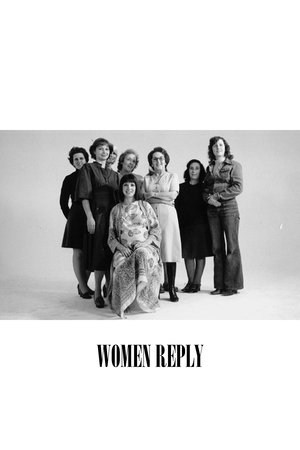
Women Reply(1975)
Our Bodies, Our Sex.
What does being a woman really mean? How do women live the status society reserves for them? A group of women, beautiful or not, young or not, gifted with motherly instinct or not, answer before Agnès Varda's camera.


Movie: Women Reply
Top 4 Billed Cast
Self (uncredited)
Pregnant Woman (uncredited)

Réponse de femmes : Notre corps, notre sexe
HomePage
Overview
What does being a woman really mean? How do women live the status society reserves for them? A group of women, beautiful or not, young or not, gifted with motherly instinct or not, answer before Agnès Varda's camera.
Release Date
1975-02-12
Average
6.4
Rating:
3.2 startsTagline
Our Bodies, Our Sex.
Genres
Languages:
FrançaisKeywords
Recommendations Movies
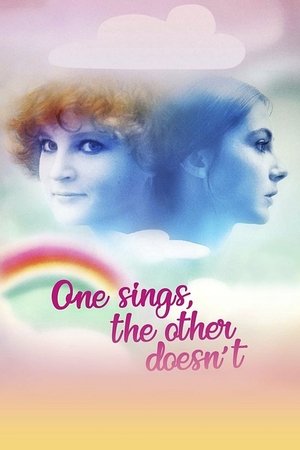 7.2
7.2One Sings, the Other Doesn't(fr)
The intertwined lives of two women in 1970s France, set against the progress of the women's movement in which Agnes Varda was involved. Pomme and Suzanne meet when Pomme helps Suzanne obtain an abortion after a third pregnancy which she cannot afford. They lose contact but meet again ten years later. Pomme has become an unconventional singer, Suzanne a serious community worker - despite the contrast they remain friends and share in the various dramas of each others' lives, in the process affirming their different female identities.
 5.8
5.8Vox Lux(en)
In 1999, teenage sisters Celeste and Eleanor survive a seismic, violent tragedy. The sisters compose and perform a song about their experience, making something lovely and cathartic out of catastrophe — while also catapulting Celeste to stardom. By 2017, the now 31-year-old Celeste is mother to a teenage daughter of her own and struggling to navigate a career fraught with scandals when another act of terrifying violence demands her attention.
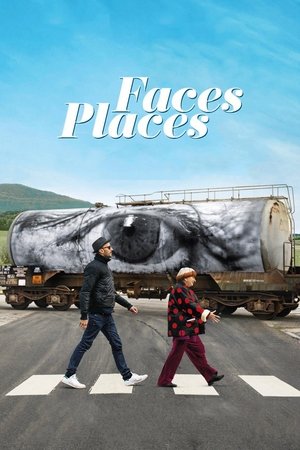 7.7
7.7Faces Places(fr)
Director Agnès Varda and photographer/muralist JR journey through rural France and form an unlikely friendship.
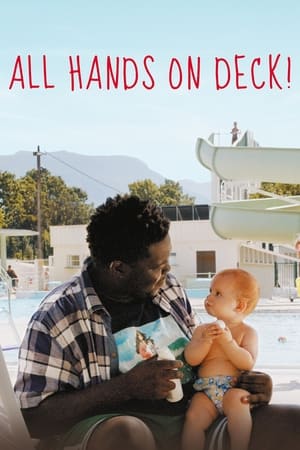 7.0
7.0All Hands on Deck!(fr)
An unlikely oddball trio bond during an impromptu trip to the French countryside on a foolhardy romantic mission.
 5.9
5.9You've Got Beautiful Stairs, You Know...(fr)
Short directed by Agnès Varda in 1986 on the occasion of the 50th anniversary of the French Cinematheque.
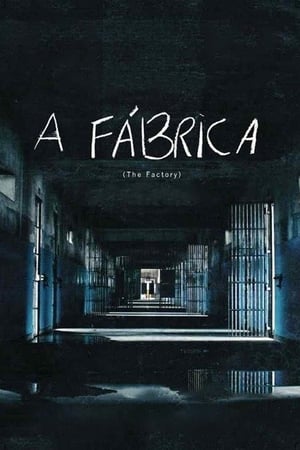 6.2
6.2The Factory(pt)
Visiting day. Lindalva prepares food to take it to her son who is in jail. Metruti, Lindalva's son, shaves and wears the best clothes to welcome his mother. Today is a very special day and he really needs to make a phone call. His mother is taking a risk, she's willing to smuggle a cell phone for him into the penitentiary.
Walter: A Life in Football(en)
Documentary paying tribute to one of the most successful managers in the history of Scottish football, Walter Smith. A winner as manager for Rangers and Scotland, Walter Smith was a man whose character won respect across the hard tribal lines of our national game. Featuring rare archive, and told with interview contributions from the people who knew him best and who worked with him throughout his long and varied career, the programme explores the numerous successes at Rangers, his experiences as a manager when he headed south to Everton in the English Premiership, his leadership of the Scotland national men’s team and his sensational return to Rangers in 2007. Walter: A Life in Football follows the highs and lows of Smith’s career, exploring the characteristics that made players, fellow managers and supporters venerate him. He was genuinely loved and revered by many, including titans of the game such as Pep Guardiola and Sir Alex Ferguson.
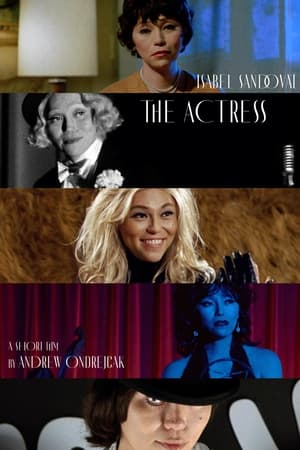 7.3
7.3The Actress(en)
In search of her unique voice, an aspiring actress infiltrates cinema history. As she traverses time, space, and gender, she shape-shifts through Hollywood’s most iconic roles, reimagining cinematic archetypes for today.
 5.7
5.7Women in Revolt(en)
Candy is an aloof heiress caught in an unhappy relationship with her brother. Jackie is a virginal intellectual who believes women are oppressed in contemporary American society. And Holly is a nymphomaniac who has come to loathe men, despite her attraction to them. Together, they join a militant feminist group, P.I.G. (Politically Involved Girls), but their newfound liberation doesn't make them any happier.
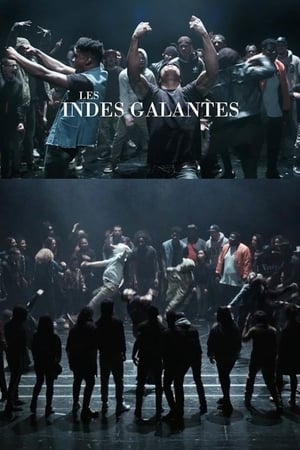 8.0
8.0The Amorous Indies(fr)
Les Indes Galantes (The amorous indies), is an opera-ballet created by Jean Philippe Rameau in 1735. He was inspired for one of the dance by tribal Indian dances of Louisiana performed by Metchigaema chiefs, in Paris in 1723. Clément Cogitore adapts a short part of the ballet by mobilizing a group of Krump dancers, an art form born in Los Angeles black ghetto in the 1990s. Its birth occurred in the aftermath of the beating up of Rodney King and the riots, as well as police repression it triggered. Amidst this coercive atmosphere, young dancers started to embody the violent tensions of the physical, social and political body. Both the tribal dance performed in Paris in 1723, and the rebelious Krump dancers of the 1990s shape a reenactment of Rameau’s original libretto, staging young people dancing on the verge of a volcano.
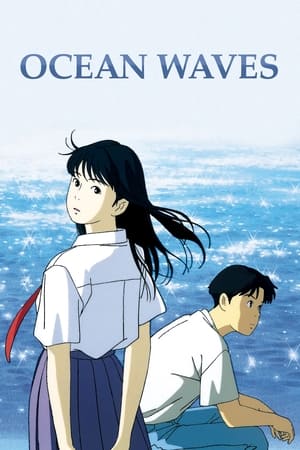 6.4
6.4Ocean Waves(ja)
At Kichijōji Station, Tokyo, Taku Morisaki glimpses a familiar woman on the platform opposite boarding a train. Later, her photo falls from a shelf as he exits his apartment before flying to Kōchi Prefecture. Picking it up, he looks at it briefly before leaving. As the aeroplane takes off, he narrates the events that brought her into his life...
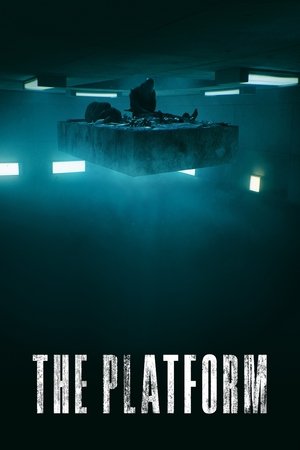 7.0
7.0The Platform(es)
A slab of food descends down a vertical facility. The residents above eat heartily, leaving those below starving and desperate. A rebellion is imminent.
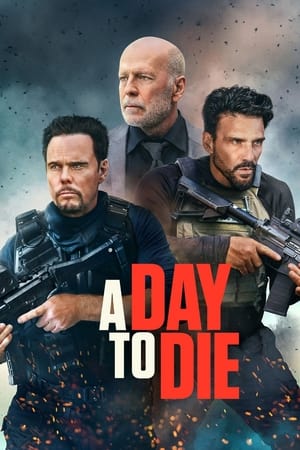 5.7
5.7A Day to Die(en)
A disgraced parole officer is indebted to a local gang leader and forced to pull off a series of dangerous drug heists within twelve hours in order to pay the $2 million dollars he owes, rescue his kidnapped pregnant wife, and settle a score with the city's corrupt police chief, who is working with the gang leader and double-crossed him years ago.
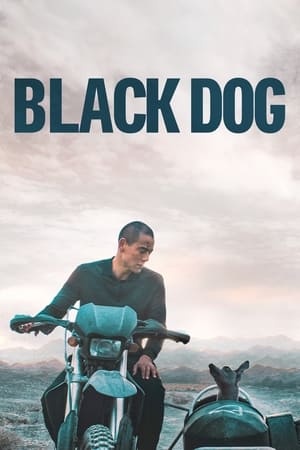 7.3
7.3Black Dog(zh)
On the edge of the Gobi desert in Northwest China, Lang returns to his hometown after being released from jail. While working for the local dog patrol team to clear the town of stray dogs before the Olympic Games, he strikes up an unlikely connection with a black dog. These two lonely souls embark on a journey together.
 7.4
7.4Amaran(ta)
A heroic true story of Major Mukund Varadarajan, an Indian Army officer who displayed extraordinary bravery during a counterterrorism mission in Kashmir’s Shopian district. The film captures his courage in protecting his nation and the devotion of his wife Indhu Rebecaa Varghese.
 6.9
6.9Civil War(en)
In the near future, a group of war journalists attempt to survive while reporting the truth as the United States stands on the brink of civil war.
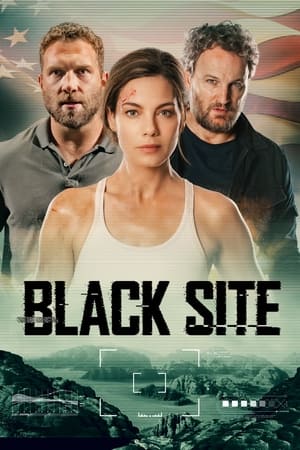 6.1
6.1Black Site(en)
A group of officers based in a labyrinthine top-secret prison must fight for their lives against Hatchet, a brilliant and infamous high-value detainee. When he escapes, his mysterious and deadly agenda has far reaching and dire consequences.
 6.0
6.0iHostage(nl)
When a gunman enters an Apple Store in the heart of Amsterdam, the police face a delicate challenge to resolve the standoff.
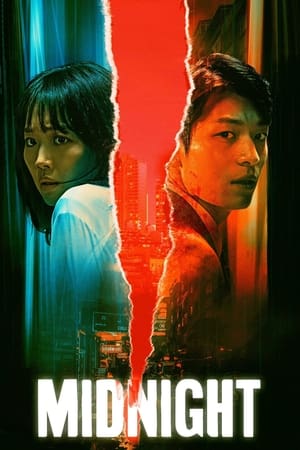 7.3
7.3Midnight(ko)
A serial killer ruthlessly hunts down a deaf woman through the streets of South Korea after she witnesses his brutal crime.
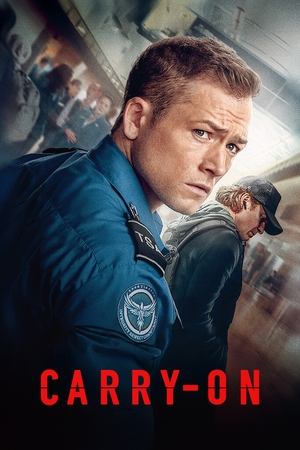 6.9
6.9Carry-On(en)
An airport security officer races to outsmart a mysterious traveler forcing him to let a dangerous item slip onto a Christmas Eve flight.
Similar Movies
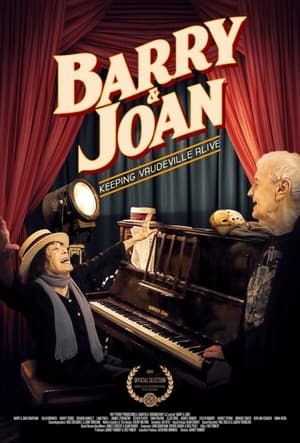 0.0
0.0Barry & Joan(en)
A joyful insight into the creative world of Barry and Joan Grantham, two British eccentrics who have kept the skills of vaudeville alive for over seventy years. Since becoming stage-struck lovers in 1948, Barry and Joan have taught, danced and acted alongside the greats of British film and theatre. They are the last of the golden generation of vaudeville, eager to pass their legacy on to future generations.
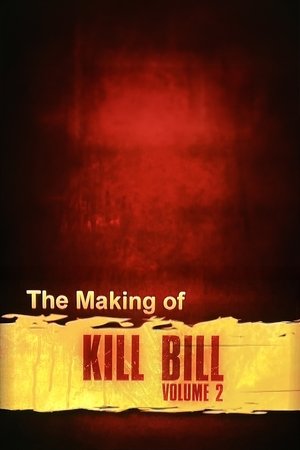 8.8
8.8The Making of 'Kill Bill Vol. 2'(en)
The documentary of Kill Bill Vol.2, and how it was made. This is a documentary found on the DVD of Kill Bill Vol. 2. It consists of interviews, behind-the-scenes footage, and clips of the movie.
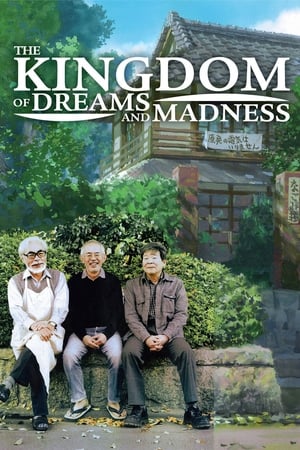 7.6
7.6The Kingdom of Dreams and Madness(ja)
Follows the behind-the-scenes work of Studio Ghibli, focusing on the notable figures Hayao Miyazaki, Isao Takahata, and Toshio Suzuki.
 0.0
0.0Jezebel: Legend of the South(en)
Short documentary about the making of the 1938 film "Jezebel."
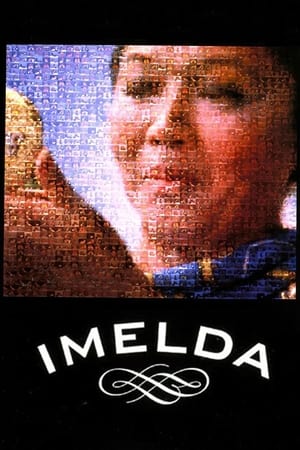 7.3
7.3Imelda(en)
A "beyond the shoes" documentary on the former first lady of the Philippines, Imelda Marcos.
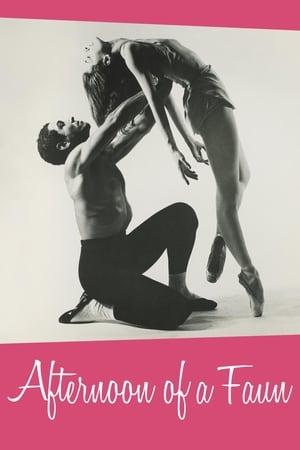 6.4
6.4Afternoon of a Faun: Tanaquil Le Clercq(en)
Of all the great ballerinas, Tanaquil Le Clercq may have been the most transcendent. With a body unlike any before hers, she mesmerized viewers and choreographers alike. With her elongated, race-horse physique, she became the new prototype for the great George Balanchine. Because of her extraordinary movement and unique personality on stage, she became a muse to two of the greatest choreographers in dance, George Balanchine and Jerome Robbins. She eventually married Balanchine, and Robbins created his famous version of Afternoon of a Faun for her. She had love, fame, adoration, and was the foremost dancer of her day until it suddenly all stopped. At the age of 27, she was struck down by polio and paralyzed. She never danced again. The ballet world has been haunted by her story ever since.
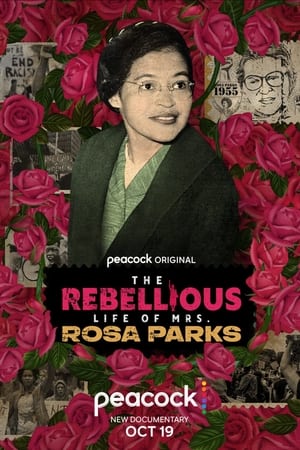 8.0
8.0The Rebellious Life of Mrs. Rosa Parks(en)
Beyond her historic role in the Montgomery Bus Boycott, this comprehensive dive into Civil Rights icon Rosa Parks sheds light on her extensive organizing, radical politics, and lifelong dedication to activism.
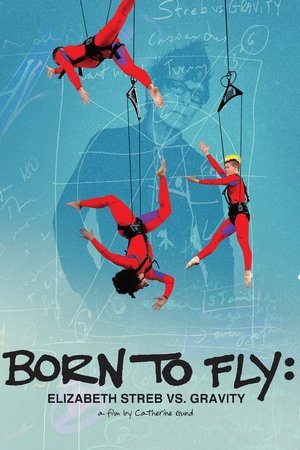 5.2
5.2Born to Fly: Elizabeth Streb vs. Gravity(en)
Born to Fly pushes the boundaries between action and art, daring us to join choreographer Elizabeth Streb and her dancers in pursuit of human flight.
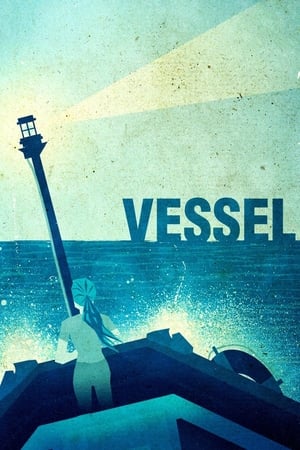 7.4
7.4Vessel(en)
A fearless sea captain, Dr. Rebecca Gomperts, sails a ship through loopholes in international law, providing abortions on the high seas, and leaving in her wake a network of emboldened activists who trust women to handle abortion on their own terms.
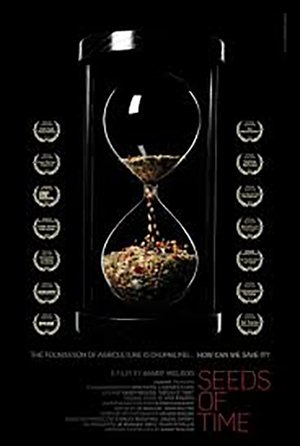 10.0
10.0Seeds of Time(en)
Seeds of Time follows agriculture pioneer Cary Fowler's global journey to save the eroding foundation of our food supply in a new era of climate change.
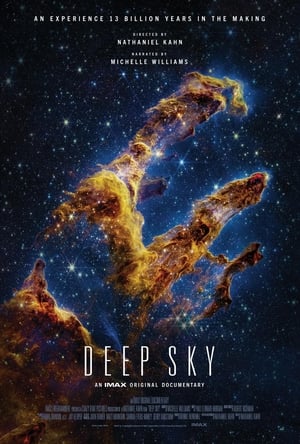 0.0
0.0Deep Sky(en)
Explores the $10 billion JWST's engineering and construction process, historic Dec. 25, 2021 launch, and the release of its first full-color, galaxy-sprinkled images on July 12, 2022 witnessed by the entire planet.
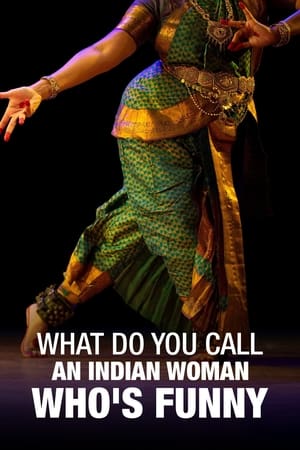 0.0
0.0What Do You Call an Indian Woman Who's Funny?(en)
What do you call an Indian woman who's funny in 20th Century Britain? A British performer? A Black comedienne? An enigma? This humorous and comedic documentary, brings the laughs and dreams of four Indian women cabaret performers while posing the questions: What is comedy and who defines it? Is it culturally specific, or can anyone enjoy the joke? Who makes it into the mainstream and why? Does comedy always have to come from a white perspective in Britain to be taken seriously? What -- ultimately, do you call a funny Indian woman?
 6.1
6.1I'm Going to Santiago(es)
This black-and-white film is a loving portrait of Santiago de Cuba and its people. It provides a view of Cuba as a picturesque country, the product of an earthy mix of black and criollo cultures. The film uses historical images which portray the end of the eighteenth century when Haitian slave owners fled with their slaves to Cuba after the Haitian Revolution.
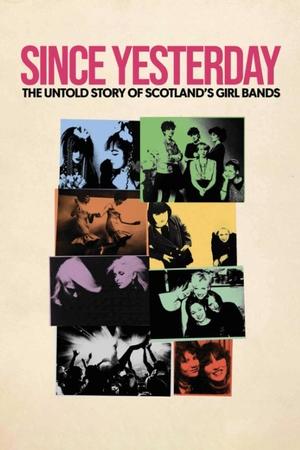 0.0
0.0Since Yesterday: The Untold Story of Scotland's Girl Bands(en)
Chronicling Scottish girl bands from the 1960s to present, a scrapbook of pop music unveils challenges faced in a male-dominated industry. A colourful mixtape of unheard demos, lost archive and rare performances.
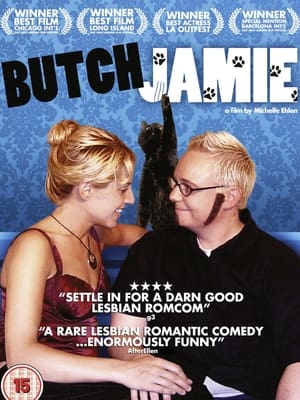 3.8
3.8Butch Jamie(en)
The film follows the story of Jamie, a struggling butch lesbian actress who gets cast as a man in a film. The main plot is a romantic comedy between Jamie's male alter-ego, "Male Jamie," and Jill, a heterosexual woman on set. The film's subplots include Jamie's bisexual roommate Lola and her cat actor Howard, Lola's abrasive butch German girlfriend Andi, and Jamie's gay Asian friend David.
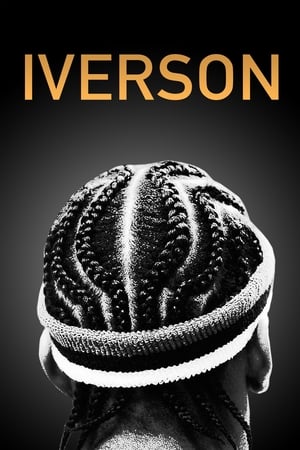 7.1
7.1Iverson(en)
Iverson is the ultimate legacy of NBA legend Allen Iverson, who rose from a childhood of crushing poverty in Hampton, Virginia, to become an 11-time NBA All-Star and universally recognized icon of his sport. Off the court, his audacious rejection of conservative NBA convention and unapologetic embrace of hip hop culture sent shockwaves throughout the league and influenced an entire generation. Told largely in Iverson's own words, the film charts the career highs and lows of one of the most distinctive and accomplished figures the sport of basketball has ever seen.
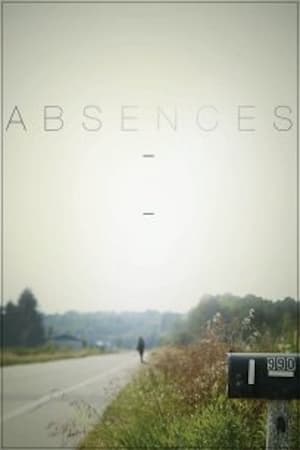 0.0
0.0Absences(en)
Carole Laganière dives deeply into personal territory in this beautifully crafted exploration of absence and loss and its painful effect on daily lives. Inspired by her mother’s steadily advancing Alzheimer’s and the inevitability of her estrangement, Laganière weaves their story with the stories of others wrestling with loss: Ines, an immigrant who returns to her birth country of Croatia to find the mother who abandoned her during the war; Deni, an American author who’s finally able to search for his Quebec roots; and Nathalie, who’s desperately looking for her missing sister. Through their experiences the film ponders how absence is often the catalyst for a quest—a quest for information, understanding and often acceptance. Through its many voices, Absences speaks to us of the immense fragility and resiliency of human emotions.
 4.5
4.5Casa Roshell(es)
You’d never know this is your home away from home. The surveillance camera outside shows a drab reception area and an unremarkable street in Mexico City; inside, the lights flash, but the tables are empty. Yet preparations are soon underway and fixed categories cease to apply: stubble is removed, make-up applied and strands of hair are teased into place; the camera is trained not on the men themselves, but what they see in the mirror.

